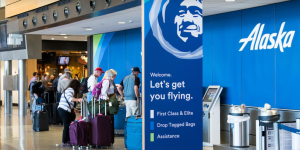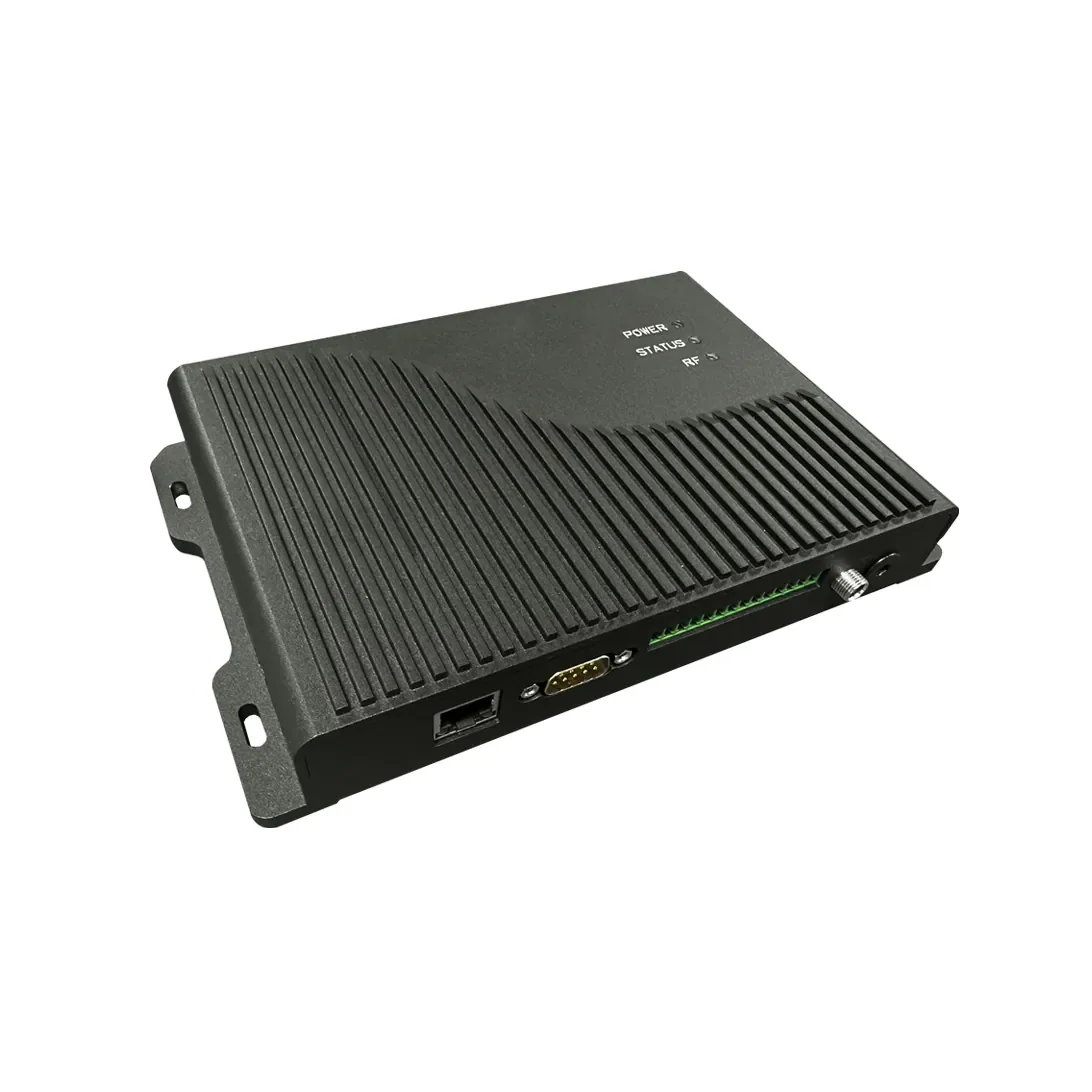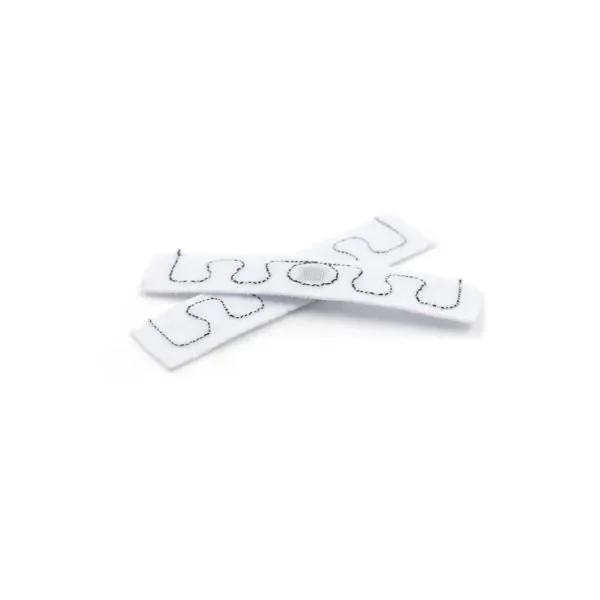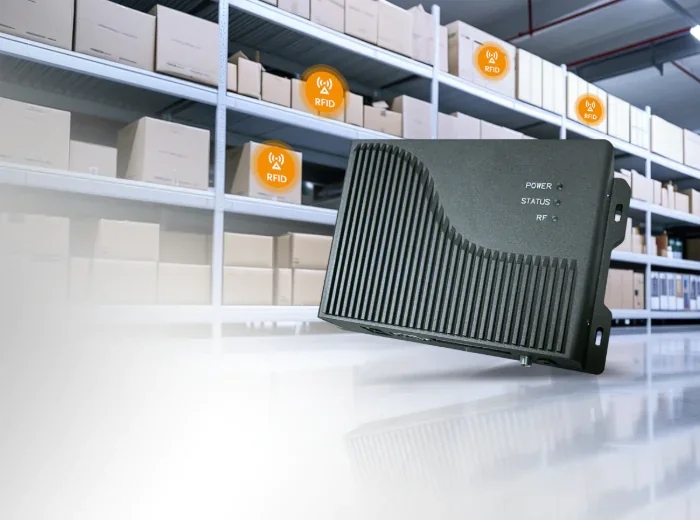Although many air travel has become more automated (allowing check-in at home, obtaining boarding passes and even luggage tags in advance), international flights still require cumbersome steps. Traditionally, passengers must present their passport to the agent, who will review and verify the passport, including comparing the passport photo with the face of the person checking in.
In order to optimize the airport passenger check-in process, Alaska Airlines has released a service called Mobile Verify based on RFID NFC technology, which allows international travelers to complete the passport verification process before entering the airport terminal. This process requires users to take selfies using Airside Digital Identity application and read the built-in NFC chip through their smartphone to access passport data. These data will be received, verified, and stored on the user’s phone. Once they arrive at the airport, they can go directly to check in their luggage and complete TSA security checks.
Through NFC, the process of verifying passports at home is as follows: Passengers must hold a US or Canadian passport and must be 13 years old or above. They need to download the Airside Digital Identity App and create their digital identity. To achieve this goal, they need to input personal information, take selfies, and then use a smartphone that meets the ISO 14443 standard to read the 13.56 MHz NFC tag embedded in the passport. The application will collect self photo and passport data, compare the photos to confirm the identity of the passengers. This identity information will be retained on the user’s phone and will not be stored on servers of Alaska Airlines or Airside Digital Identity APP.
For international travelers, Airside mobile verification system means that passport recognition steps can be bypassed, thereby reducing the waiting time in the airport queue before flight departure.









